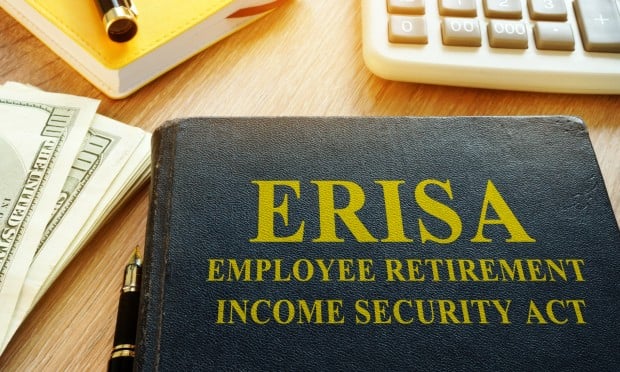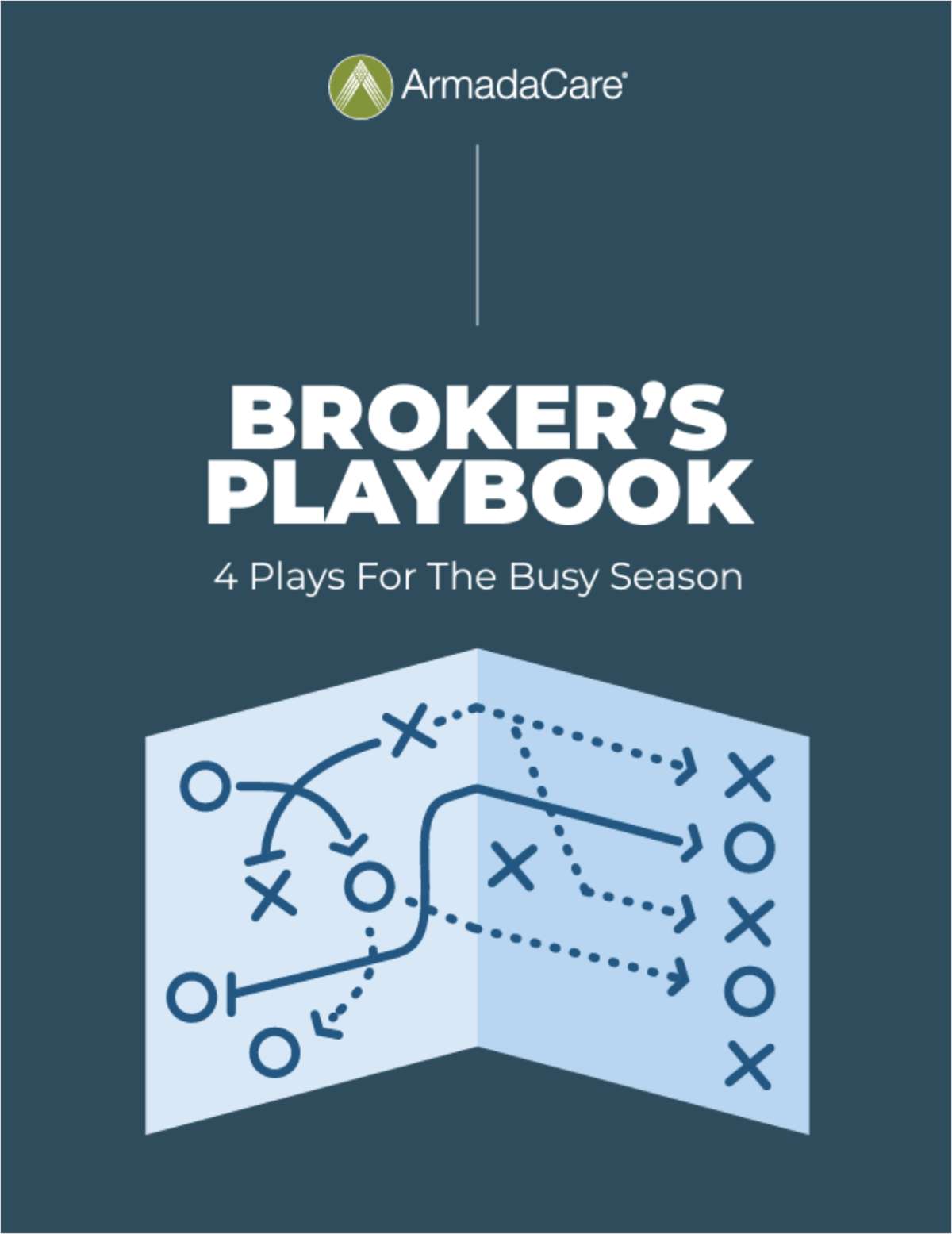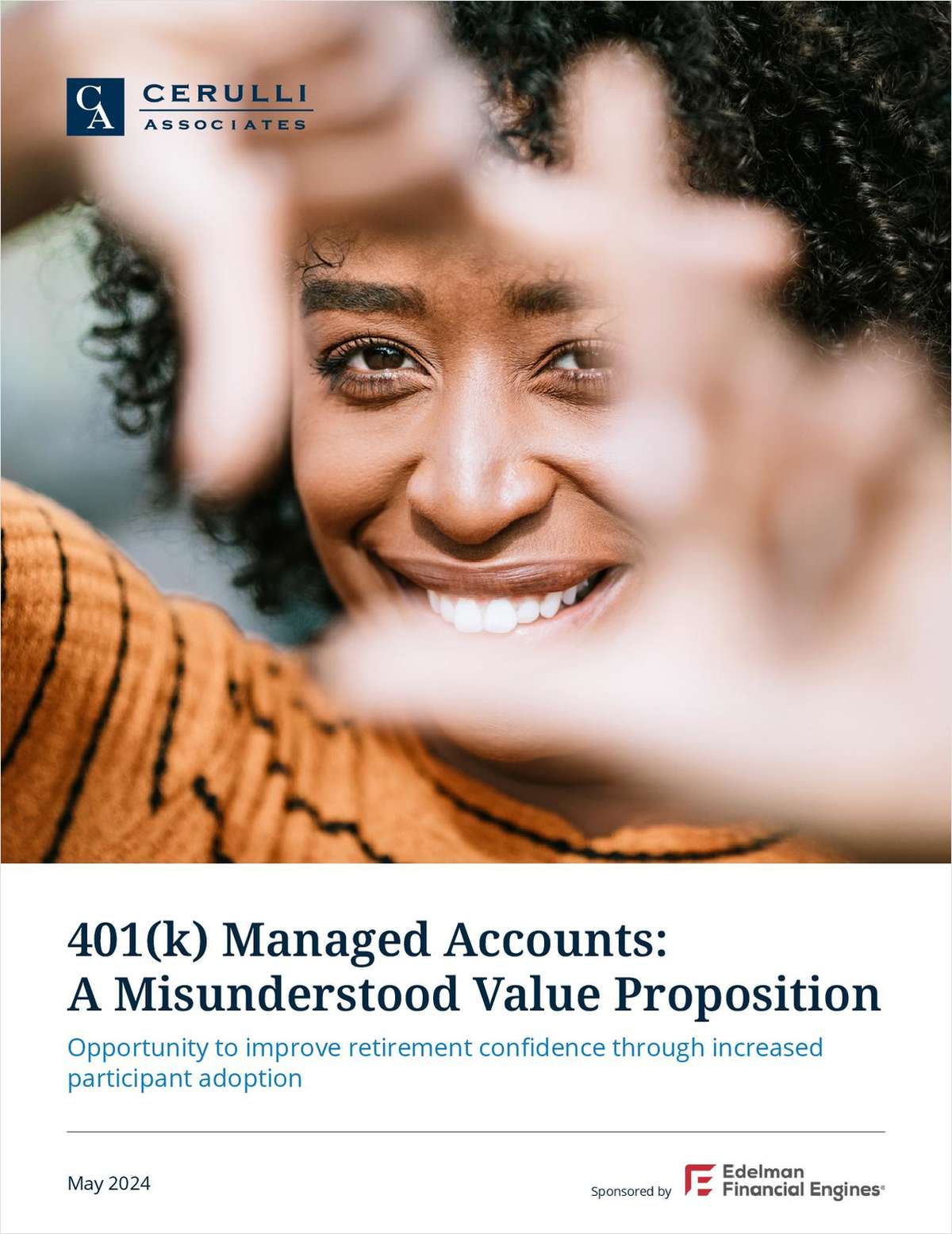Saving for retirement and thinking about the long-term future is difficult for many workers. Some companies and a number of states, like NY and CA, have decided to create and mandate auto-enrollment features for their 401(k) or retirement plans to encourage workers to save more. Additionally, under the Secure 2.0 Act, all new retirement plans will mandate auto-enrollment at 3% of pay on a pre-tax basis under federal law. While this, in theory, sounds like a great way to encourage plan participants to save for their future, in reality there are several drawbacks to auto-enrollment that can hurt someone's long-term financial security. The primary concern with auto-enrollment is that it diminishes the importance of having a proactive role in financial planning and retirement saving. A passive approach can be detrimental if savers aren't fully involved and educated on their options around contribution rates, asset allocation and whether or not to use a Roth option.
Continue Reading for Free
Register and gain access to:
- Breaking benefits news and analysis, on-site and via our newsletters and custom alerts
- Educational webcasts, white papers, and ebooks from industry thought leaders
- Critical converage of the property casualty insurance and financial advisory markets on our other ALM sites, PropertyCasualty360 and ThinkAdvisor
Already have an account? Sign In Now
© 2024 ALM Global, LLC, All Rights Reserved. Request academic re-use from www.copyright.com. All other uses, submit a request to [email protected]. For more information visit Asset & Logo Licensing.









